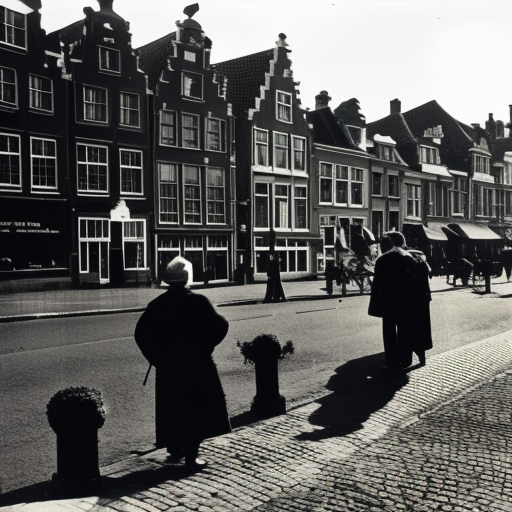Siege of Leiden: The Dutch Resistance Against Spanish Rule
The Siege of Leiden was a pivotal event during the Eighty Years’ War, a conflict between the Dutch rebels and Spanish forces. Lasting from October 1573 to October 1574, the siege took place in the city of Leiden, located in the Netherlands. The Dutch rebels, led by William the Silent, Prince of Orange, successfully defended the city against the Spanish army, resulting in a significant victory for the Dutch resistance.
Background
By the 16th century, the Netherlands was under Spanish rule, and the Dutch people were growing increasingly discontented with their foreign rulers. The Protestant Reformation had gained momentum, and many Dutch citizens had embraced Protestantism, while the Spanish monarchy remained staunchly Catholic. This religious divide, coupled with political and economic grievances, led to widespread resistance against Spanish rule.
The Spanish Siege
In an attempt to quell the Dutch rebellion, the Spanish army, under the command of Fernando Álvarez de Toledo, the Duke of Alba, launched a siege on the city of Leiden. The Spanish forces surrounded the city, cutting off its food supply and effectively blockading it. The Dutch rebels, led by William the Silent, recognized the strategic importance of Leiden and resolved to defend it at all costs.
The Dutch Resistance
The people of Leiden, facing starvation and disease, showed remarkable resilience and determination throughout the siege. They endured months of hardship, with food supplies dwindling and disease spreading rapidly. However, they refused to surrender to the Spanish forces. The Dutch rebels, aware of the dire situation, devised a plan to break the siege and save the city.
The Relief of Leiden
In October 1574, the Dutch rebels, led by Admiral Louis Boisot, launched a daring operation to break the Spanish blockade. They breached the dikes surrounding the city, allowing the sea to flood the surrounding land and creating a path for their fleet to reach Leiden. The Spanish forces were caught off guard by this unexpected maneuver.
The Aftermath
The relief fleet successfully reached Leiden, bringing much-needed supplies and reinforcements to the beleaguered city. The Spanish forces, unable to withstand the renewed Dutch resistance, were forced to retreat. The Siege of Leiden ended in victory for the Dutch rebels, marking a turning point in the Eighty Years’ War.
The Dutch victory at Leiden had significant implications for the Dutch resistance against Spanish rule. It boosted morale among the Dutch rebels and inspired other cities to join the rebellion. The event also highlighted the resilience and determination of the Dutch people in their fight for independence.
Legacy
To commemorate the Siege of Leiden, the Dutch established a national holiday known as “Leidens Ontzet” or “Leiden Relief.” This holiday is celebrated annually on October 3rd, with parades, festivals, and other events held in Leiden and other parts of the Netherlands.
The Siege of Leiden remains a symbol of Dutch resistance and perseverance against oppressive rule. It played a crucial role in the eventual independence of the Netherlands from Spanish control and is remembered as a significant event in Dutch history.












